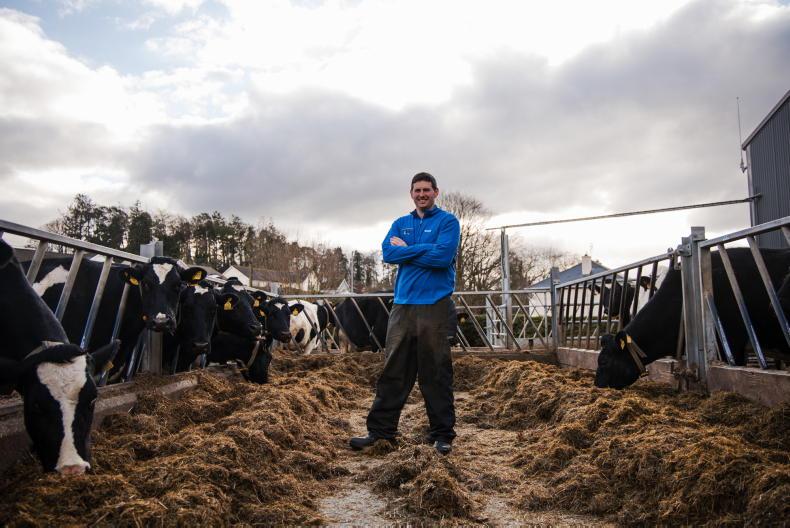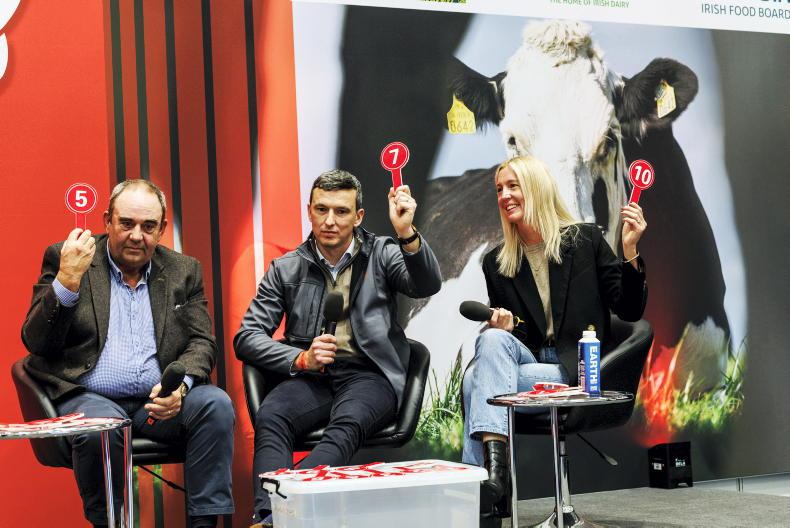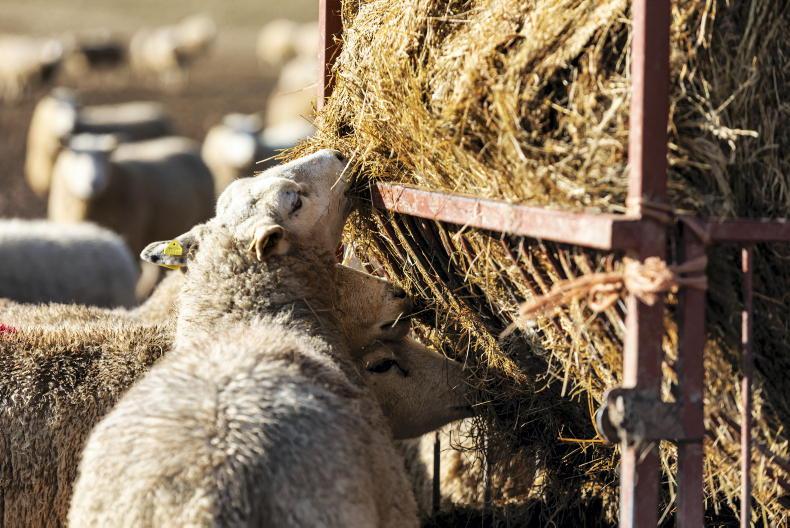March has been an extremely wet month and, where cattle are at grass, ground conditions have become challenging, even on drier land.
Grazing through a wet period is a real test of grassland management. Keeping cattle settled and preventing poaching is no easy feat.
Outlined are some tips to grazing when ground conditions are poor.
Don’t be afraid to re-house some cattle to protect ground and stretch grass covers for other stock. Re-housing is a pro-active step. Don’t view it as defeat or think neighbouring farmers will laugh at you. Do what is right for your herd and land.
Choose heavier cattle to re-house and leave lighter animals at grass. Prioritise heifers that will go to the bull for grazing. Bring in stores that will be sold in autumn, plus cows.
Meal prices are still high, but feeding 2kg to 3kg/head will help keep stores settled at grass. It will also stretch grass covers.
Just be mindful to feed animals at the same time every day. Once cattle are in a routine for meal feeding, they tend to congregate around the trough waiting to be fed, causing ground damage.
Keep cattle moving to fresh grass every 24 hours or 48 hours. Don’t hold cattle in paddocks just to get a full clean-out.
As covers get low, cattle will become unsettled and more inclined to poach ground. There is no risk of grass quality suffering if paddocks are not cleaned out in late March or early April.
If temporary wires are being used to divide fields in to smaller grazing allocations, set wires up to make temporary paddocks as square as possible.
Cattle are less inclined to walk back and forth along the wire in a square paddock compared to long, narrow grazing strips.
Once paddocks have been grazed down, cattle should be moved on to the next allocation of fresh grass.
If the next paddock or grass allocation is not securely fenced, make sure to use a back fence to protect bare areas. This will cut the risk of poaching and encourage regrowth.
Read more
Beef prices: factories move to manage kill numbers
Suckler subsidy improves western grip on supports
March has been an extremely wet month and, where cattle are at grass, ground conditions have become challenging, even on drier land.
Grazing through a wet period is a real test of grassland management. Keeping cattle settled and preventing poaching is no easy feat.
Outlined are some tips to grazing when ground conditions are poor.
Don’t be afraid to re-house some cattle to protect ground and stretch grass covers for other stock. Re-housing is a pro-active step. Don’t view it as defeat or think neighbouring farmers will laugh at you. Do what is right for your herd and land.
Choose heavier cattle to re-house and leave lighter animals at grass. Prioritise heifers that will go to the bull for grazing. Bring in stores that will be sold in autumn, plus cows.
Meal prices are still high, but feeding 2kg to 3kg/head will help keep stores settled at grass. It will also stretch grass covers.
Just be mindful to feed animals at the same time every day. Once cattle are in a routine for meal feeding, they tend to congregate around the trough waiting to be fed, causing ground damage.
Keep cattle moving to fresh grass every 24 hours or 48 hours. Don’t hold cattle in paddocks just to get a full clean-out.
As covers get low, cattle will become unsettled and more inclined to poach ground. There is no risk of grass quality suffering if paddocks are not cleaned out in late March or early April.
If temporary wires are being used to divide fields in to smaller grazing allocations, set wires up to make temporary paddocks as square as possible.
Cattle are less inclined to walk back and forth along the wire in a square paddock compared to long, narrow grazing strips.
Once paddocks have been grazed down, cattle should be moved on to the next allocation of fresh grass.
If the next paddock or grass allocation is not securely fenced, make sure to use a back fence to protect bare areas. This will cut the risk of poaching and encourage regrowth.
Read more
Beef prices: factories move to manage kill numbers
Suckler subsidy improves western grip on supports










SHARING OPTIONS